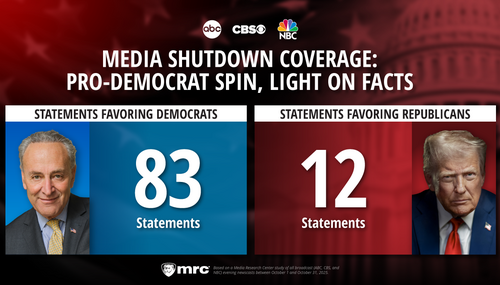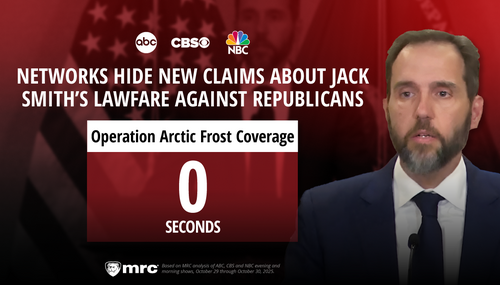Nearly 20 million American households utilize payday lending services to make an emergency car repair, cover a variety of other costs or avoid bounced check fees. Leave it to CBS to attack the legitimate, legal, and useful service.
“Evening News” correspondent Armen Keteyian called payday loans “a short-term solution turned long-term trap” in his July 25 hit piece on the lending services, which offer convenient paycheck advances at high interest rates.
“A typical customer takes out about eight payday loans a year, in essence advances on their paychecks with interest rates approaching 400 percent a year,” Keteyian reported.
Keteyian didn’t report how many borrowers actually end up in financial trouble. Instead, he found one woman who ended up in a cycle of payday lending and ended up spending $1,500 to cover interest and fees, according to the report.
“They’re set there for people like me that live payday to payday and then once you get in there you can’t get out,” Mary Bates said.
Keteyian filed his report from Pinnacle, a
“Payday loans are really convenient and they help people get out of a bind,” Bates said on the CFSA site. “It’s less of a hassle. I really liked the people and they provided me a great service.”
Calls requesting comment from Bates on the apparent contradiction were not immediately returned.
On its blog, the CFSA said there is a “large majority of customers who appreciate the service and use it responsibly.”
But Keteyian ignored borrowers’ responsibility to evaluate the pros and cons of payday lending before taking out a loan. And he didn’t include any examples of people who have found payday loans helpful and safe.
Instead, Keteyian called payday lending a “trap” and suggested lenders unfairly target the “financially stretched.” He claimed payday loans were to blame for some people filing bankruptcy, although he failed to report how much other debt those borrowers held.
Lyndsey Medsker, a spokeswoman for Community Financial Services Association, told Keteyian the industry is transparent. “There’s no fine print,” she said. “There’s no hidden fees.”
“What happens without the option of taking out a payday loan?” Medsker asked. “Does someone, is it better off if they bounce a check?”
But bouncing a check, or living without utilities like electricity and water, are better than borrowing an advance on your paycheck, according to Bates.
A July 18, 2008, report from the Statistical Assessment Service (STATS) at
The 400 percent interest Keteyian cited, for example, would require the borrower to “roll the loan over repeatedly” because payday lenders typically charge $15 for every $100 borrowed – or 15 percent.
“This analysis raises questions about the popular image of payday loans as a usurious burden on hard working Americans beset by hard times,” the STATS report said. “Regulators and policy makers should certainly be concerned about households that are barely scraping by and the financial predators who take advantage of their plight.
“And there is a natural tendency for journalists to take up this cause, in the honorable tradition of a watchdog press that ‘comforts the afflicted and afflicts the comfortable,’” it stated. “But sympathy needs to be based on solid information, and hype is no substitute for homework.”





